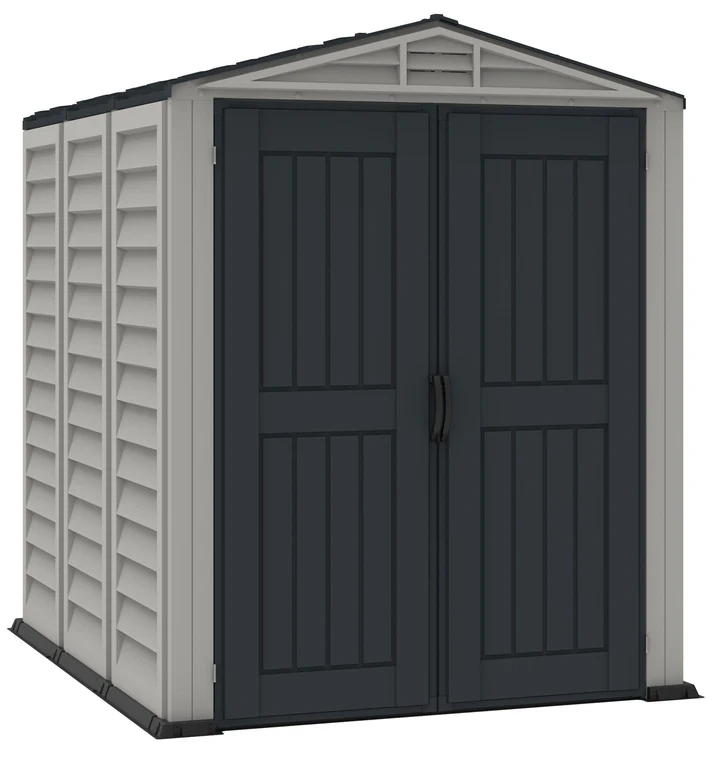In hi-fi speaker systems, the use of wide-range drives can prevent unwanted interactions between multiple drivers caused by the driver’s mismatched location or problems between networks. Fans of hi-fi speaker systems with wide-range drivers claim sound consistency due to the single source and resulting lack of interference, and probably also due to the lack of cross-components. With the advent of neodymium controllers, low-cost quarter-wave transmission lines are possible and increasingly commercially available. A ribbon speaker consists of a thin ribbon of metal film suspended in a magnetic field. The electrical signal is applied to the tape, which moves along to create the sound.
In the 1930s, speaker manufacturers began combining two and three drivers or sets of drivers, each optimized for a different frequency range to improve frequency response and increase sound pressure levels. In 1937, the film industry’s first standard speaker system, “The Shearer Horn System for Theatres”, a two-way system, was introduced by Metro-Goldwyn-Mayer. audio equipment rentals The high-frequency controllers were probably manufactured by Western Electric. This is the fast version of speaker cable technology: it is the cable used for electrical connections between speakers and amplifiers. This current carried by the cable gives power to the speaker drivers, allowing them to work and produce sound.
A horn is usually thin at the end and grows as the diameter moves to the hollow opening. The ability to amplify sound is actually what inspired sound engineers to create horn speakers. Soundbars usually come with a wireless subwoofer to enhance bass, and unless your space is extremely limited, this is recommended in most cases, as you’ll probably find that the bottom is otherwise missing. These are basically the active speakers listed above, but with more of them, and with a subwoofer included. On the plus side, you don’t need an amplifier to use them, and depending on the speakers you choose, you may end up with a good-sounding system.
At the narrow end of the cone is a voice coil, which is connected to the basket via a flexible metal ring that allows the coil to move back and forth while held in place. The transparent ion conduction speaker transducer is basically a transparent artificial muscle that can reproduce audio signals as sound waves, often over the entire audible frequency range. As mentioned, the audio signals that ultimately drive the speaker drivers need to be processed. In particular, the voltage must be increased by an amplifier and the frequency bands must be limited by an audio crossover. However, these controllers are not too effective at reproducing the full audible range of human hearing (20 Hz – 20,000 Hz). Therefore, speakers are often designed with different types of dynamic speaker drivers.
The advantage of aluminum is its light weight, which reduces the moving mass compared to copper. This increases the resonance frequency of the speaker and increases its efficiency. A disadvantage of aluminum is that it is not easy to weld, so the joints must be tightly shrunk and sealed. The cross-sections of the voice coil cable can be circular, rectangular, or hexagonal, providing different amounts of cable volume coverage in the magnetic space. The coil is coaxially oriented in space; it moves back and forth within a small circular volume in the magnetic structure. The opening creates a concentrated magnetic field between the two poles of a permanent magnet; the outer ring of the opening is one pole and the central pole is the other.
Speaker drivers are often referred to as speakers, which is not entirely correct. Speaker is the term that defines the whole package (drivers + housing + electronic components). The word plane is based on the flat, rectangular surface that moves back and forth. The cone on these speakers is usually a membrane shape with a voice coil embedded in it.
